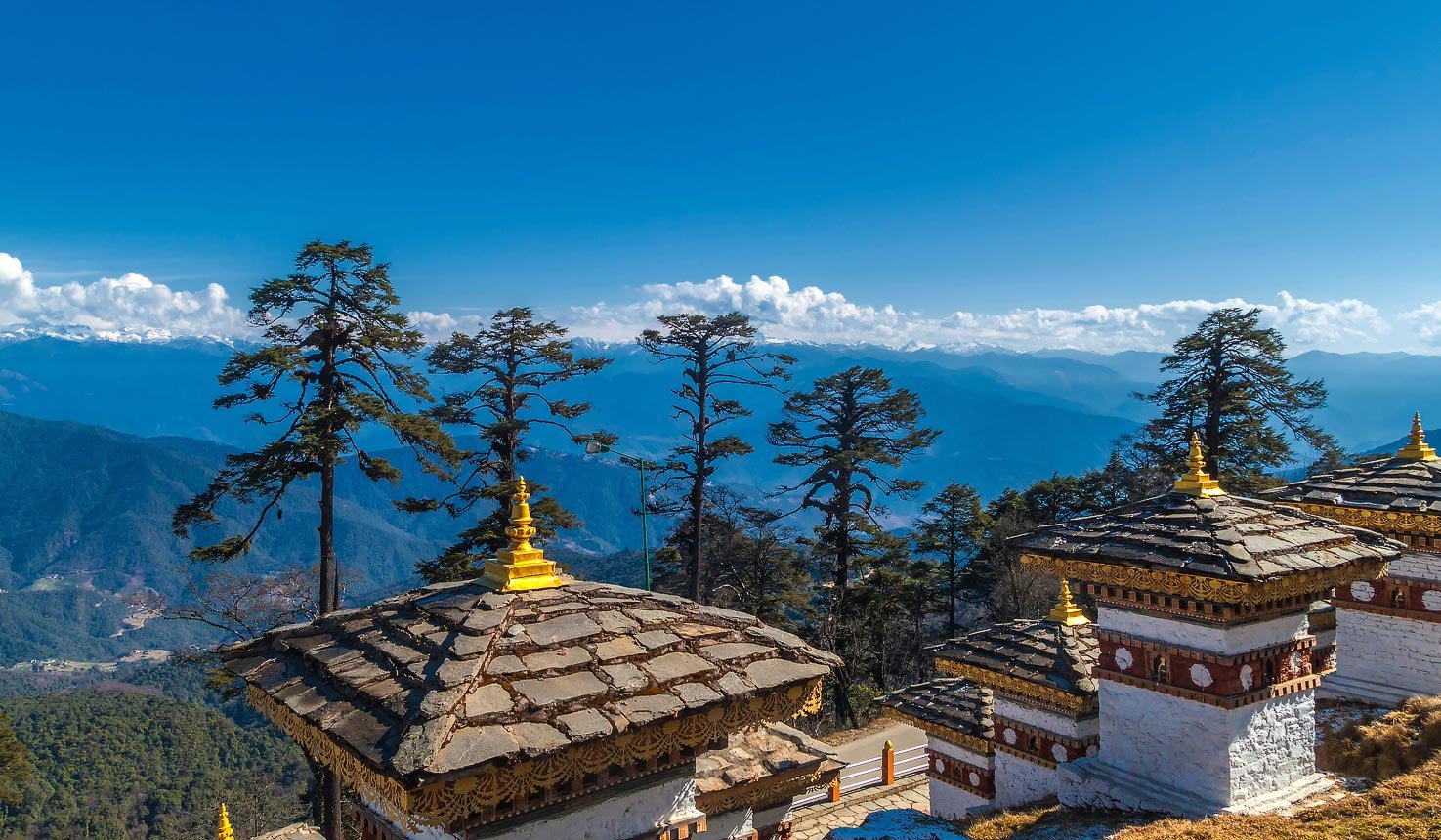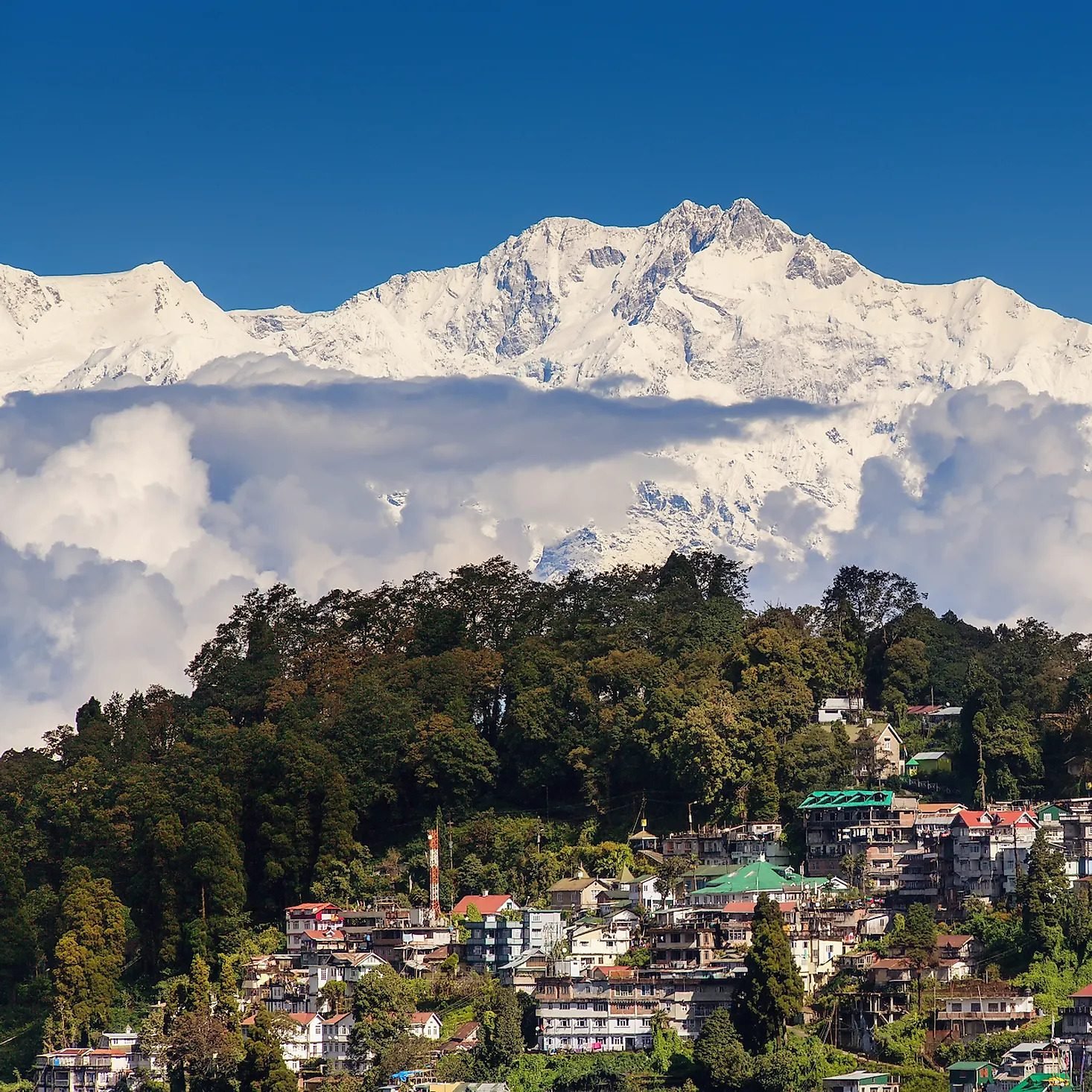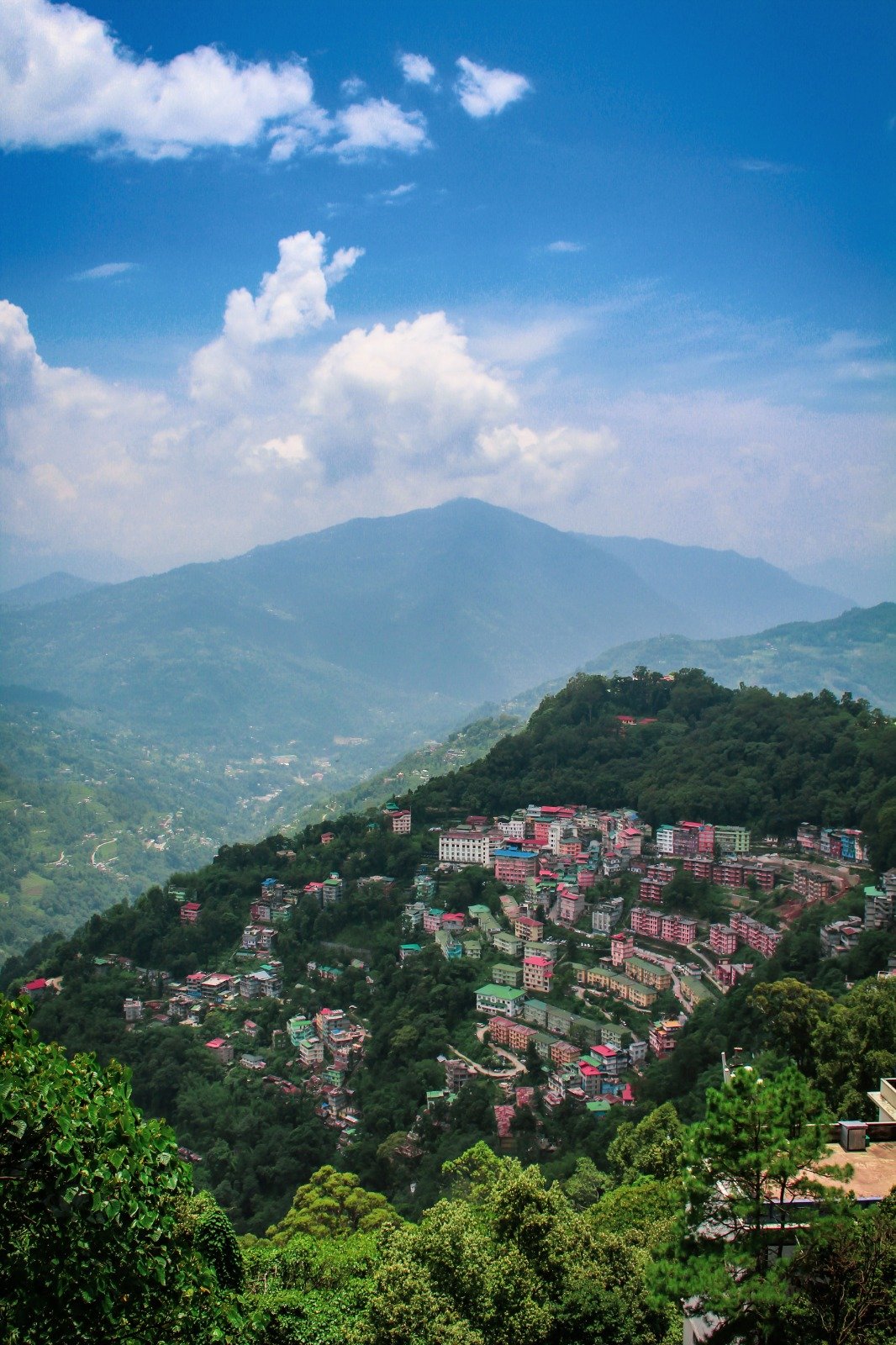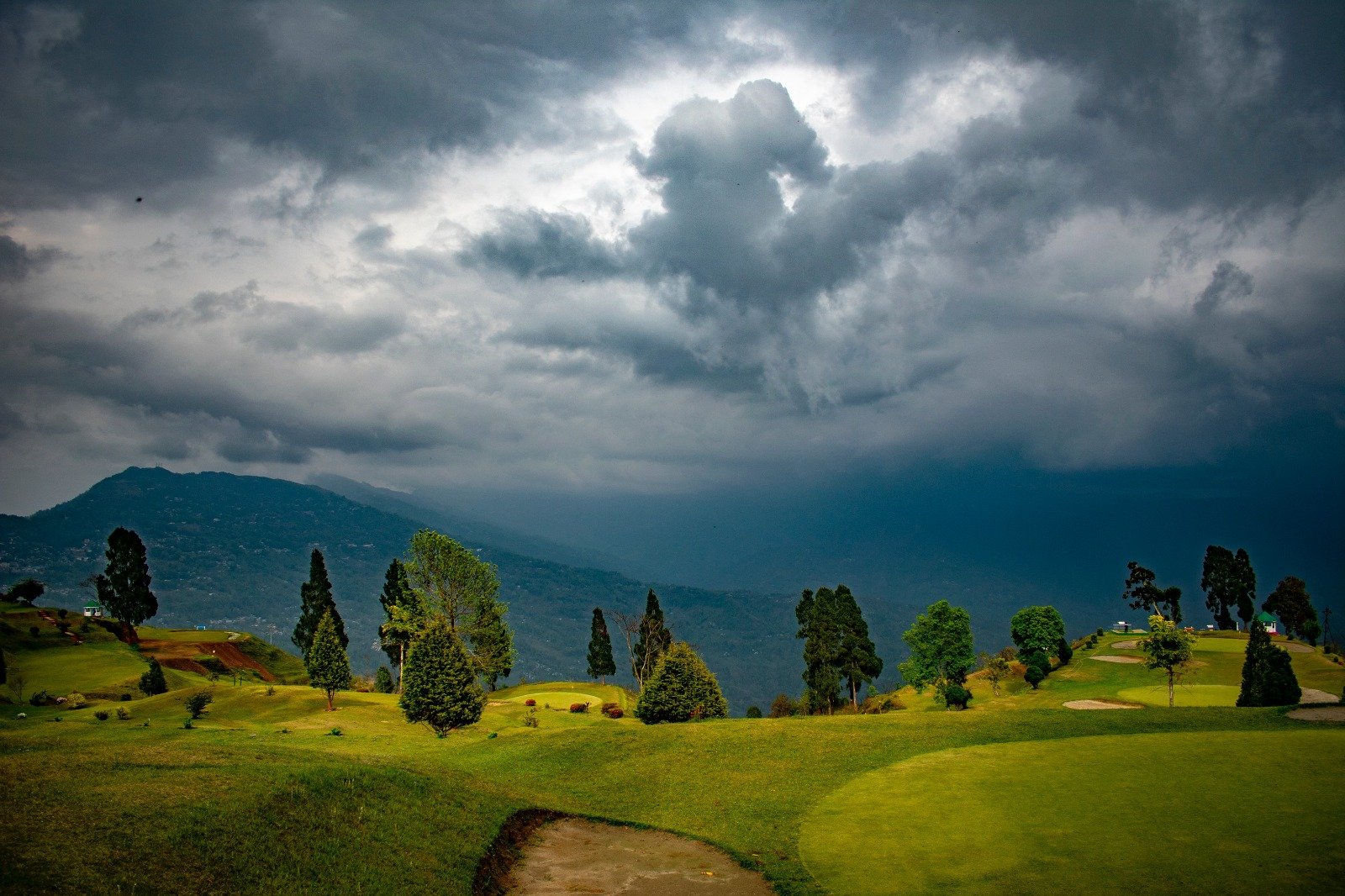Meghalaya, one of India’s smallest states, occupies the plateau and rolling hills between Assam and Bangladesh. Its people are predominantly Christian, belonging to three main ethnic groups, the Garos, Jaintias and the matriarchal Khasis – throughout these hills, women do most of the work and the household management. The state has a high literacy rate, and children are taught in English. Much of Meghalaya (“the land of the rainclouds”) is covered with lush forests, rich in orchids; these “blue hills” bear the brunt of the Bay of Bengal’s monsoon-laden winds and are among the wettest places on earth. Stupendous waterfalls are a standard feature of the state, many of them on the outskirts of the capital, Shillong; however, the most dramatic falls plummet from the plateau to the south, around Cherrapunjee.
PLACES TO VISIT IN THIS REGION
Meghalaya’s hills rise to almost 2000m, making for a pleasantly cool year-round climate. The Jaintia Hills offer good walking and caving, and the state is laced with historical sights such as Nartiang near Jowai, which has an impressive collection of monoliths. Elsewhere, the sacred forests, crucibles of biodiversity to be found throughout the Khasi Hills, remain jealously protected. To the south of Shillong, walks through pristine forests and across some of the most intriguing features of the region, the living root bridges around the village of Mawlynnong, make the East Khasi Hills one of the highlights of the Northeast. Although the state has seen its share of political turmoil since its inception in 1972, all in all Meghalaya remains a charming land of misty forests and hospitable people.
Shillong
Shillong was known to the British as “the Scotland of the East”, an impression first brought to mind by Barapani (or Umiam), the picturesque loch-like reservoir 23km from town on the Guwahati highway, and the sight of the local Khasi women wearing gingham and tartan shawls. At an altitude of around 1500m and with its rolling hills of conifers and pineapple shrubs, Shillong became a popular hill station for the British, who built it on the site of a thousand-year-old Khasi settlement and made it Assam’s capital in 1874.
Sadly, with uncontrolled growth, choking traffic jams and water shortages – despite the rain – the city today has lost much of its charm. Some of the original Victorian town around the centre, known as the European Ward, however, is still preserved, with garden villas and the sylvan environs of Ward Lake. North of the polo ground is one of Asia’s oldest golf courses, founded in 1898 by a group of British civil servants.
A local sport and popular gambling tradition, siat khnam involves teams of Khasi men firing arrows at a target while punters throughout the city bet on the final two digits of the total. Daily games start around 3.30pm opposite Nehru Stadium. Of the town’s markets, including the busy Police Bazaar in the centre, the Iewduh (Mon–Sat) or Bara Bazaar, is Meghalaya’s oldest and most traditional market, run mainly by women. The Shillong Autumn Festival, held at Umiam Lake every November, combines traditional cultural dance and music from all over the northeast with contemporary music and culminates in a rock concert by the lake.
Meghalaya’s living root bridges
Deep within the wet tropical forests of Meghalaya’s Khasi Hills, gnarled, moss-covered roots of the Indian rubber tree (Ficus elastica) stretch across waterways, forming unique “living” bridges. The consistently high rainfall swells rivers and streams, which leads to the decay of wooden bridges, stranding locals. Over generations, the indigenous Khasi people have created alternatives by directing entwined rubber-tree roots such that they grow into sturdy bridges. Some of these tangled, strong webs are nearly 200 years old and up to 30m long. Many are found around Cherrapunjee and Mawlynnong; the most spectacular is the Umshiang Double Decker Bridge at the Nongkriat village, where two bridges run one above the other across the Umshiang River. To get to the double-decker bridge it’s a knee-grinding day-trek from Cherrapunjee, through the forest, past natural swimming holes, down and back up more than three thousand stairs, and past other, smaller root bridges.




